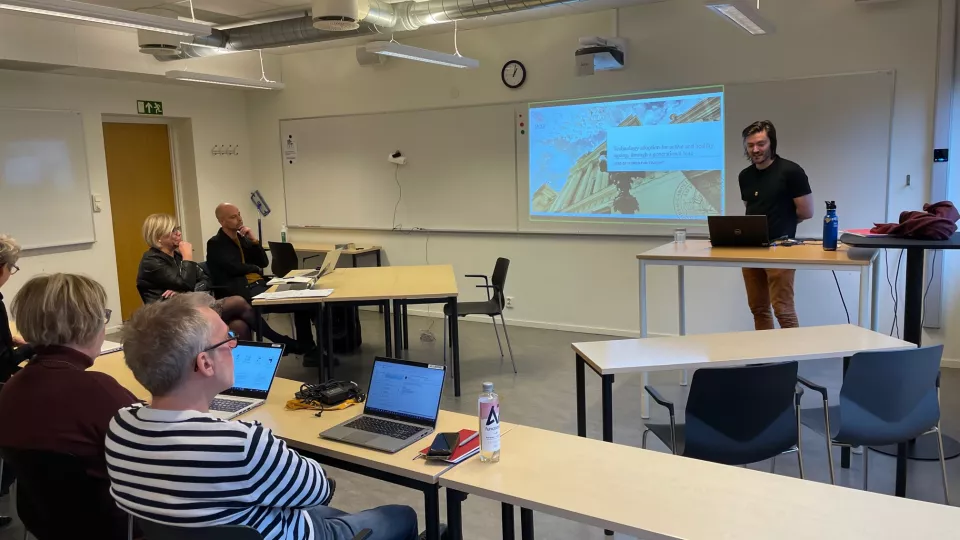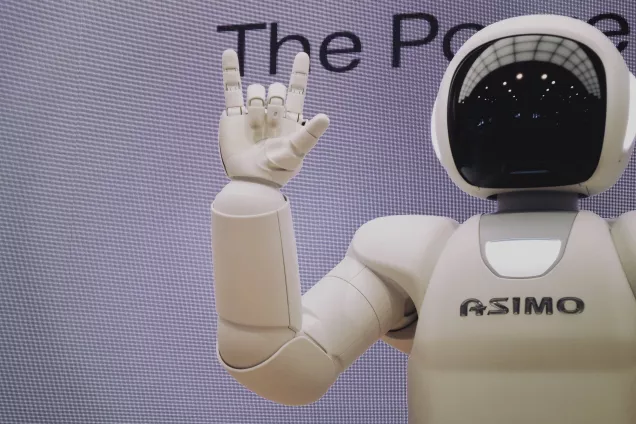Technology plays and will play an important role in promoting active and healthy ageing for current and future generations of older adults. However, very few studies highlight the specific knowledge needed to use different kinds of technologies and there is a lack of research addressing differences and similarities within and across generations.
Technology and its role in promoting active and healthy ageing
This indicates a need for research on technology and its role in promoting active and healthy ageing. Questions regarding what kind of technology is wanted to support active and healthy ageing, and how different generations adopt and choose technology are still unanswered.
Belonging to a generation is related to choices of technologies
Jens Offerman´s thesis will contribute with new knowledge and insights that deserve attention when designing new technologies and services for people of different generations. The generational perspective captured is rarely displayed in research and deserves attention for future research. The forthcoming studies are important to understand how belonging to a generation is related to choices of technologies as barriers and facilitators for usage of technologies to promote active and healthy ageing. One of these studies will focus specifically on smart home technologies.
Perspectives regarding technology shared across generations
Study 1 shows that perspectives regarding technology were shared across generations rather than just within, especially in younger and middle-aged generations. Generational differences regarding what kind of technologies are preferred to support active and healthy ageing as well as reasons for using certain technologies were identified.
A majority of the respondents used digital technology more during the pandemic than before
Study 2 shows that a majority of the respondents used digital technology more often in the early phase of the pandemic than before the COVID-19 outbreak. The oldest generation (70-79 years old) used digital technology more often than before the early phase of the pandemic compared to the youngest (30-39 years old).

